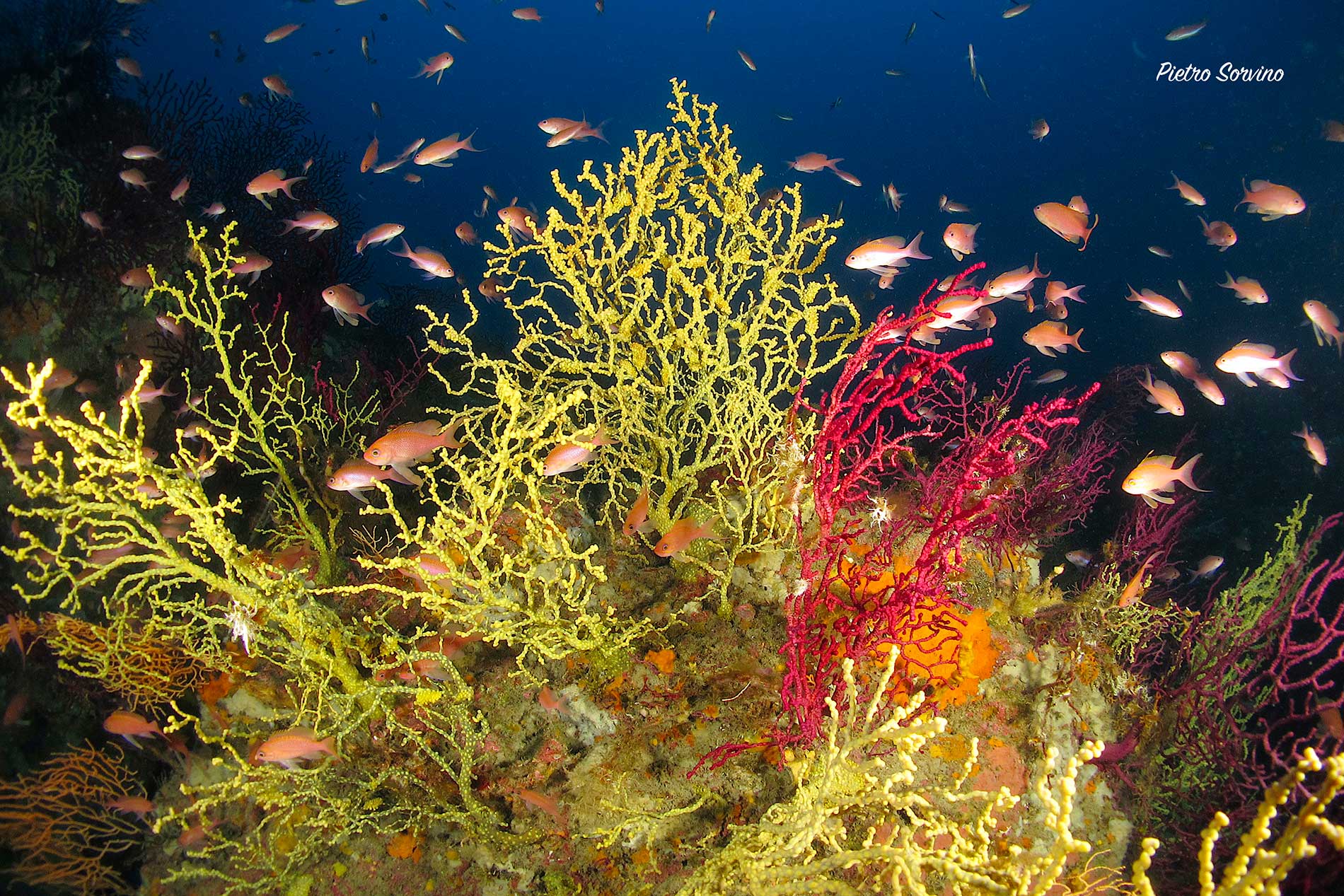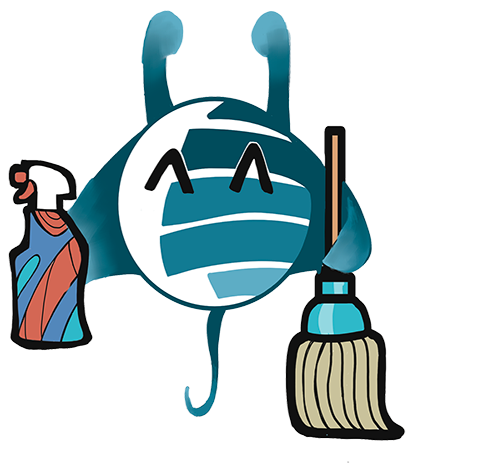The English name “gold coral” refers to the prevalence of the light yellow color that characterizes the colonies of polyps of Savalia Savaglia, until some time ago called “Savaglia savaglia”.
It is an anthozoan cnidarian of the Parazoanthidae family, with a shape that can be confused with that of gorgonians, while the dark color of the supporting structure, which emerges from under the soft tissue that covers it, justifies the Italian name of “false black coral”. But it is neither a gorgonian nor a coral, which are Octocorallia, since its polyps are equipped, instead, with a number of tentacles that is a multiple of six, therefore it belongs to the subclass of Hexacorallia.
A peculiarity of Savalia is that the new colonies settle, appropriating them, of the pre-existing supporting structures of gorgonians, preferring the red ones, and covering them with a chitinous substance, the antipatina, to then increase the ramifications. The polyps that form the colony, colored between white and yellow, are larger than those of gorgonians and have smooth and not finned tentacles, which also serve to intercept the nutrients suspended in the water column.
Savalia lives for a few hundred years, perhaps up to a thousand, in the Atlantic and in the Mediterranean, where it is widespread, but it is still a rare species, which has seen its populations further reduced due to the collection to which it has been condemned by the similarity with black coral, although it does not have a significant commercial value. Therefore it is a species to be protected for its environmental value in the coralligenous habitat.



